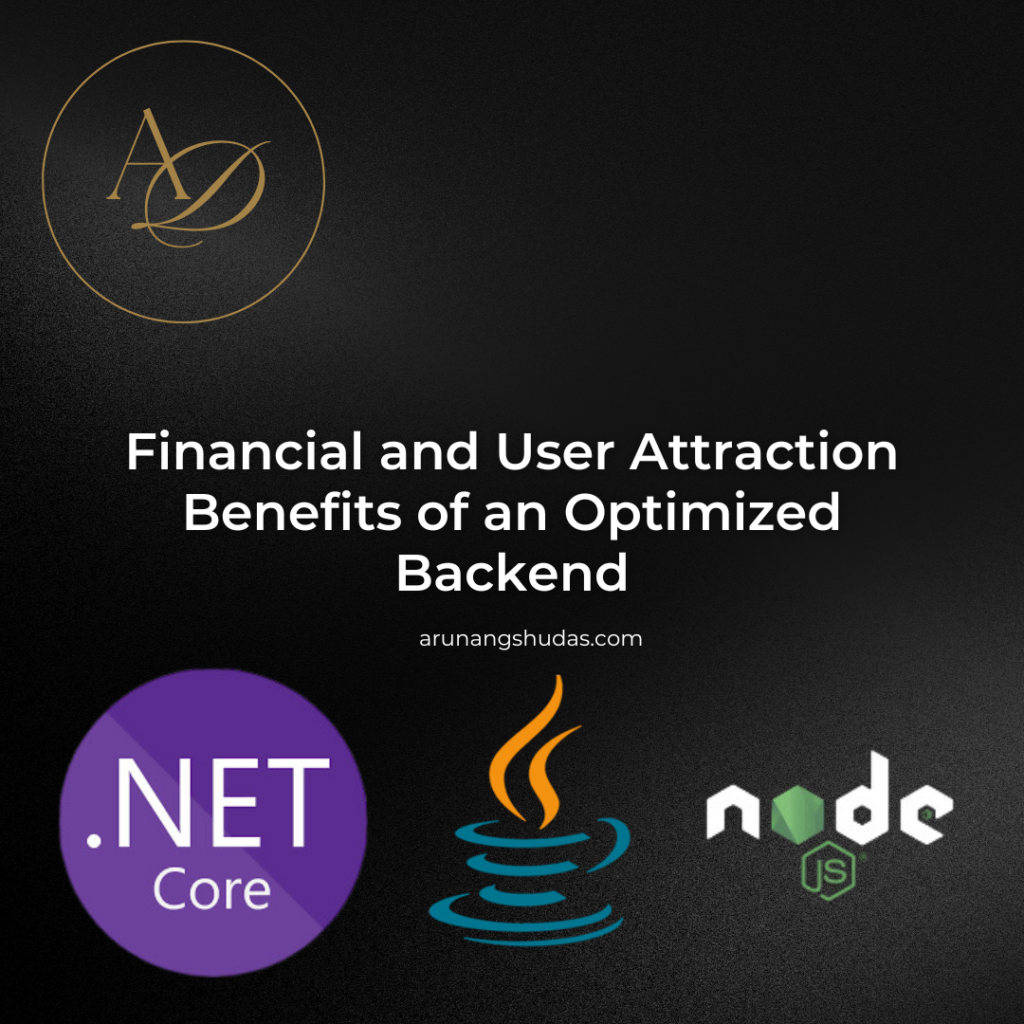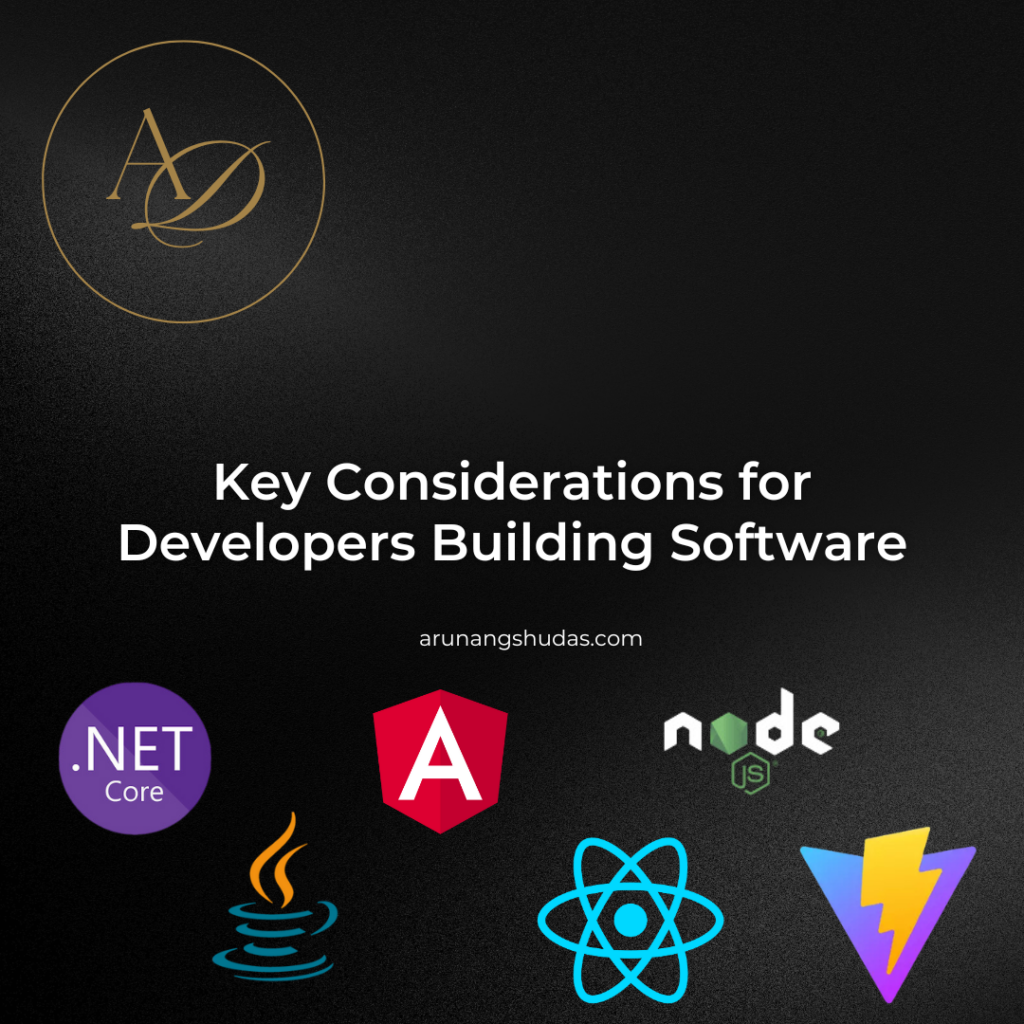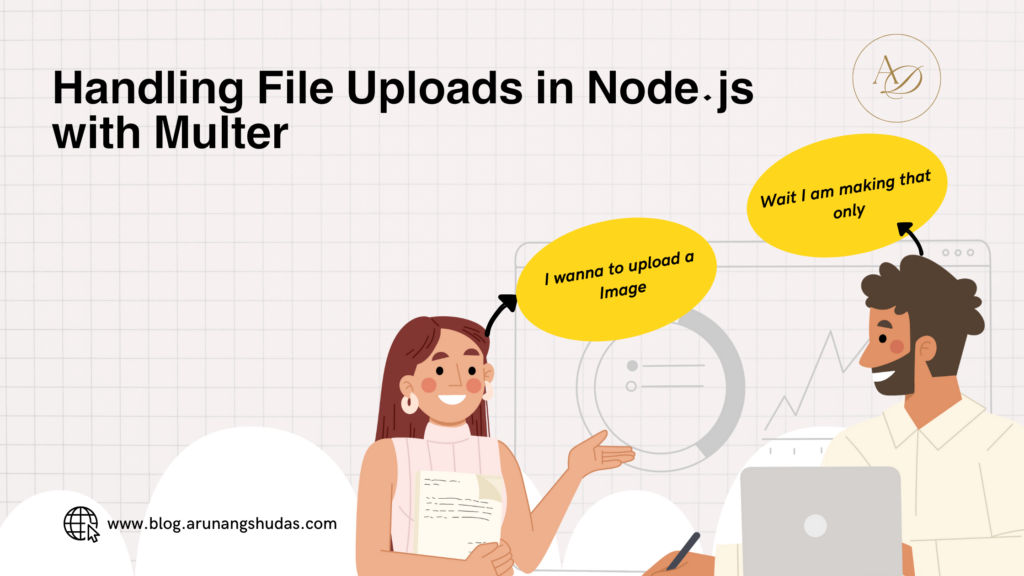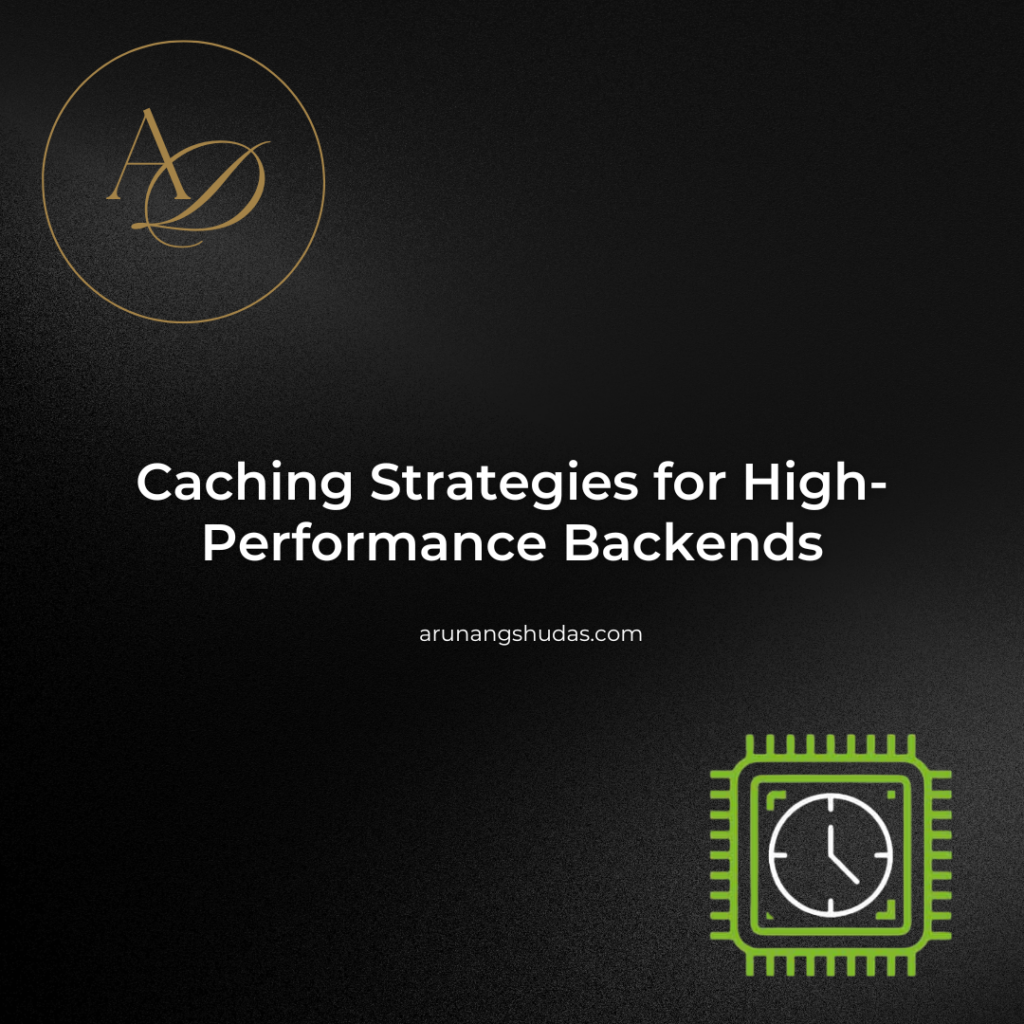When it comes to algorithmic trading, every millisecond counts. Financial markets generate massive amounts of data in real-time, and efficiently storing, retrieving, and analyzing this data is crucial. This is where time-series databases (TSDBs) come in. Unlike traditional relational databases, TSDBs are optimized for handling timestamped data, making them perfect for market feeds, historical price analysis, and backtesting trading strategies.
If you’re developing an algo trading system, choosing the right database can significantly impact performance.
1. TimescaleDB
Why It’s Great for Trading
TimescaleDB is built on top of PostgreSQL, combining the familiarity of SQL with the performance benefits of a specialized time-series database. It supports fast inserts, compression, and advanced query optimizations that are essential for processing high-frequency financial data.
Key Features
- SQL Compatibility: If you already use PostgreSQL, adopting TimescaleDB is seamless.
- High Write Throughput: Handles millions of inserts per second, ideal for real-time market data.
- Continuous Aggregations: Useful for rolling computations like moving averages.
- Retention Policies: Automates data management for different time horizons.
Best Use Cases
- Storing historical price data for backtesting and strategy optimization.
- Analyzing order book trends with complex SQL queries.
- Building a market data warehouse without learning a new query language.
2. InfluxDB
Why It’s Great for Trading
InfluxDB is a high-performance, purpose-built time-series database designed for real-time analytics. It boasts low-latency writes, efficient storage, and a powerful query engine tailored for event-driven systems like algorithmic trading.
Key Features
- Time-Series Optimized Storage: Data is compressed efficiently for fast retrieval.
- High Ingestion Rate: Can handle millions of events per second from market feeds.
- Flux Query Language: Built specifically for time-series analysis, though it has a learning curve.
- Downsampling & Retention: Automatically manages historical data to save space.
Best Use Cases
- Processing real-time tick data for ultra-low-latency trading.
- Monitoring algorithm performance in real time.
- Detecting anomalies in market patterns using real-time analytics.
3. ClickHouse
Why It’s Great for Trading
ClickHouse is a columnar database that offers blazing-fast analytical queries on large datasets. While it’s not strictly a time-series database, its architecture is well-suited for time-series workloads, especially when dealing with massive amounts of historical market data.
Key Features
- Columnar Storage: Optimized for aggregations and analytical queries.
- Fast Query Performance: Can analyze billions of rows in seconds.
- Built-in Compression: Reduces storage costs for large datasets.
- Distributed Architecture: Scales horizontally for high-frequency trading firms.
Best Use Cases
- High-speed market data analytics, such as computing order flow imbalance.
- Backtesting large datasets with complex statistical models.
- Quantitative research requiring fast data exploration.
Choosing the Right One
Each of these databases has its strengths, and the right choice depends on your specific use case:
- If you need SQL compatibility and a general-purpose TSDB, go with TimescaleDB.
- If you’re processing real-time tick data with ultra-low latency, InfluxDB is a strong choice.
- If you’re handling massive historical datasets for backtesting and analytics, ClickHouse is hard to beat.
Final Thoughts
Algorithmic trading requires a solid data infrastructure, and picking the right time-series database can make a huge difference in execution speed and strategy performance.
You may also like:
1) 5 Common Mistakes in Backend Optimization
2) 7 Tips for Boosting Your API Performance
3) How to Identify Bottlenecks in Your Backend
4) 8 Tools for Developing Scalable Backend Solutions
5) 5 Key Components of a Scalable Backend System
6) 6 Common Mistakes in Backend Architecture Design
7) 7 Essential Tips for Scalable Backend Architecture
8) Token-Based Authentication: Choosing Between JWT and Paseto for Modern Applications
9) API Rate Limiting and Abuse Prevention Strategies in Node.js for High-Traffic APIs
10) Can You Answer This Senior-Level JavaScript Promise Interview Question?
11) 5 Reasons JWT May Not Be the Best Choice
12) 7 Productivity Hacks I Stole From a Principal Software Engineer
13) 7 Common Mistakes in package.json Configuration
Read more blogs from Here
Share your experiences in the comments, and let’s discuss how to tackle them!
Follow me on Linkedin








